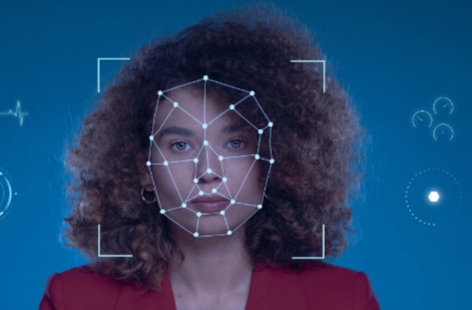Deepfakes & Media Authentication Technologies

Deepfakes leverage sophisticated AI algorithms to produce deceptive audio and visual content. Their rise raises critical concerns regarding the authenticity of media. As misinformation spreads rapidly, the demand for effective media authentication technologies grows. These innovations aim to restore trust and verify content integrity. However, the ongoing battle against deepfake misuse poses complex challenges. Understanding these technologies and their implications is essential to navigate the evolving landscape of digital information.
Understanding Deepfakes: How They Work and Their Implications
Deepfakes represent a significant advancement in the realm of artificial intelligence and machine learning, specifically within the context of audio-visual media.
This deepfake technology utilizes neural networks to create hyper-realistic manipulations of video and audio.
However, ethical considerations arise regarding misinformation, consent, and the potential erosion of trust in media, necessitating a critical examination of its implications on society and individual freedoms.
The Rise of Media Authentication Technologies
As the prevalence of manipulated media escalates, the development of media authentication technologies has become increasingly crucial in safeguarding information integrity.
Recent technology advancements have led to innovative solutions that verify the authenticity of digital content.
These systems empower users to discern truth from fabrication, enhancing trust in media and supporting the fundamental right to access accurate information in an era of pervasive digital manipulation.
Read Also: Business Support Line for 4163012661, 4163423424, 4163488028, 4163501489, 4163501490, and 4163501492
Strategies for Combating Deepfake Misuse
While the rapid advancement of deepfake technology poses significant challenges to information authenticity, several strategies have emerged to mitigate its misuse effectively.
Policy regulations are essential for establishing legal frameworks, while public awareness campaigns educate individuals about deepfakes.
Technological solutions, such as advanced detection algorithms, complement these efforts.
Collaborative initiatives among tech companies, governments, and civil society can further enhance resilience against deepfake exploitation.
Conclusion
As the digital landscape continues to evolve, the battle against deepfakes resembles a game of cat and mouse, where advancements in manipulation technologies are met with equally sophisticated media authentication solutions. The urgency for effective verification methods is paramount, akin to building a fortress against a relentless tide of misinformation. By enhancing our ability to discern authenticity, these technologies not only safeguard the integrity of information but also cultivate a culture of trust in an increasingly complex media environment.




